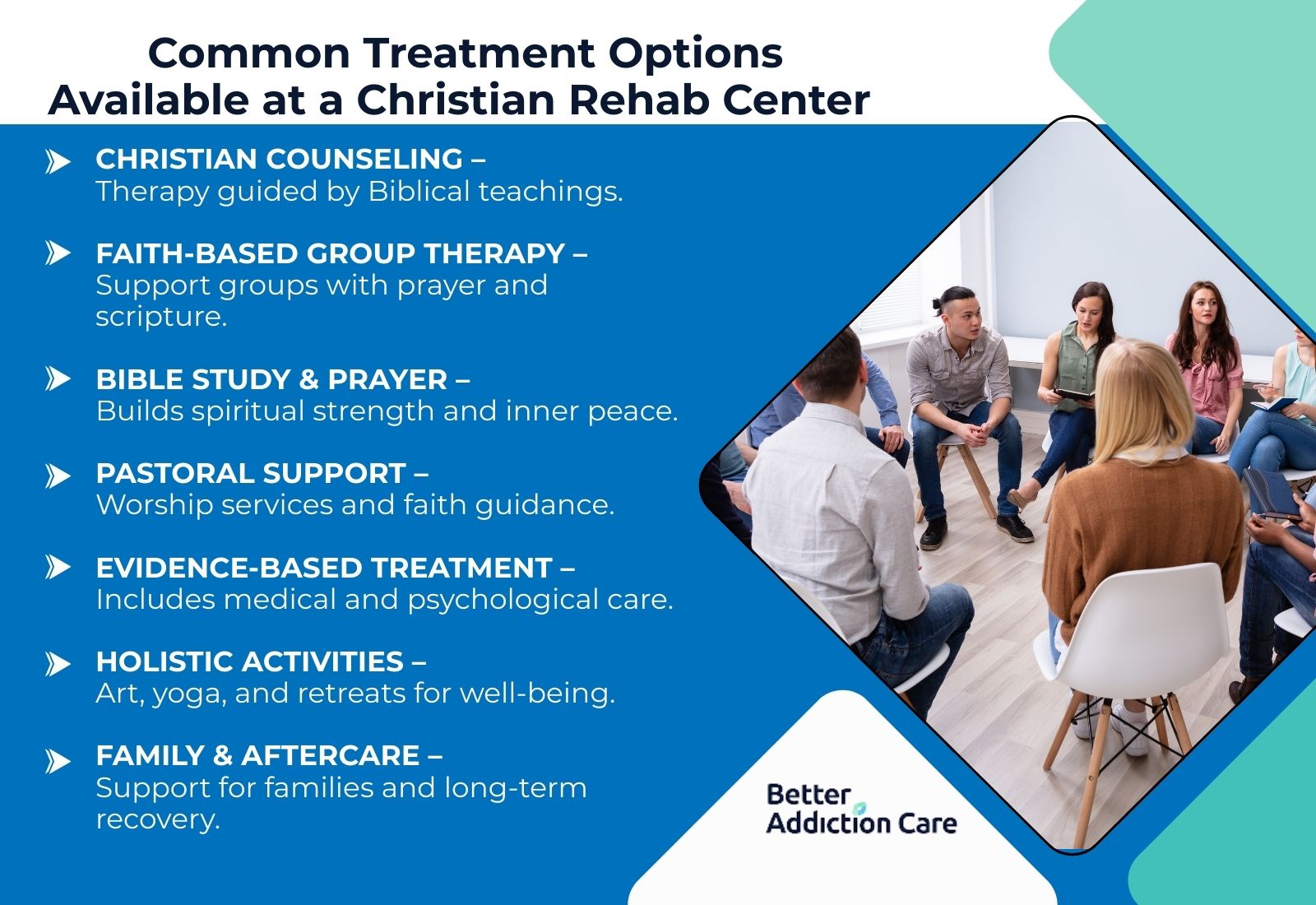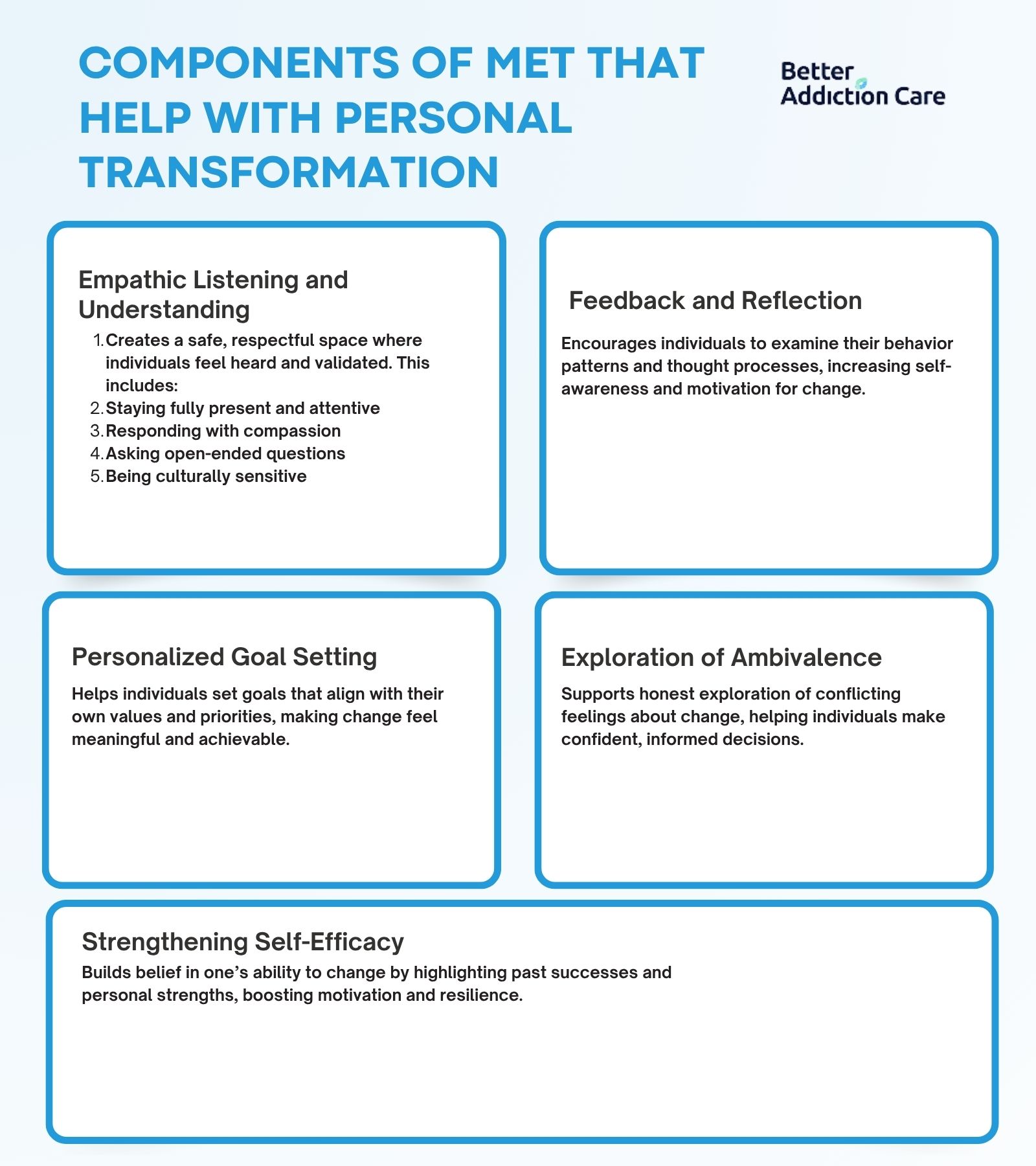Better Addiction Care Blogs
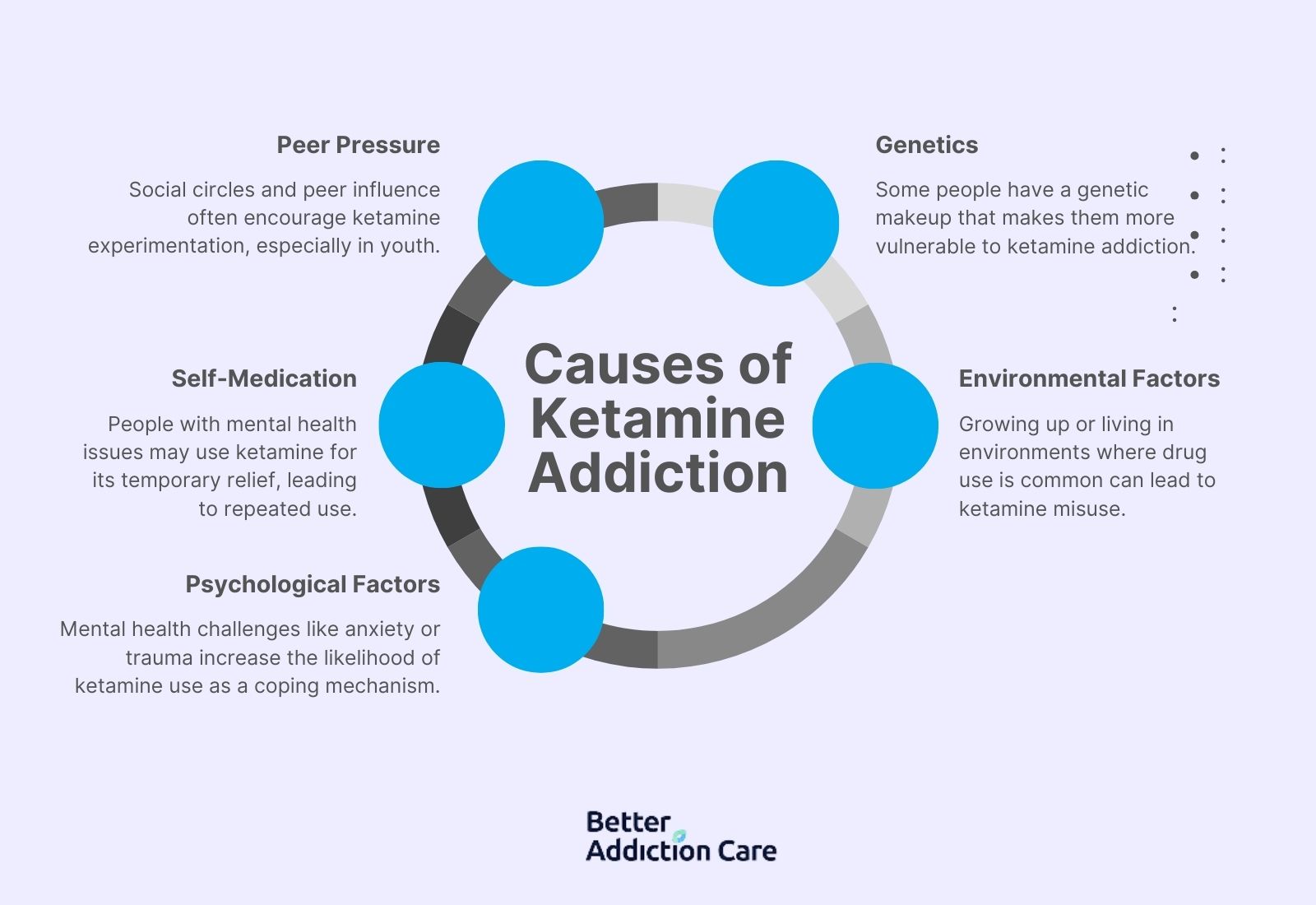
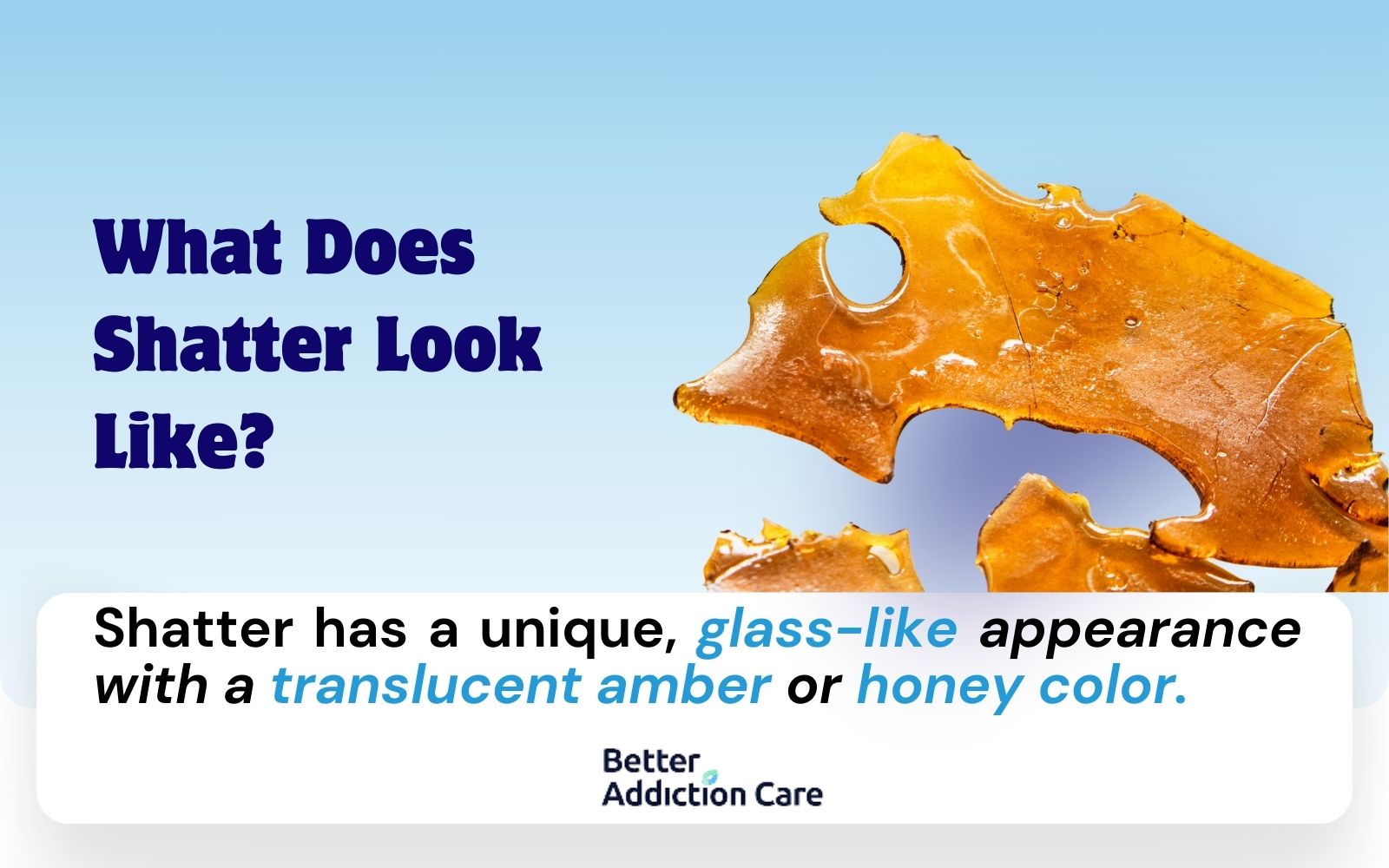
Shatter addiction is the dependence on Shatter, a potent cannabis concentrate known for its high THC levels. Users become addicted due to its intense euphoric effects, leading to both psychological and physical dependence.


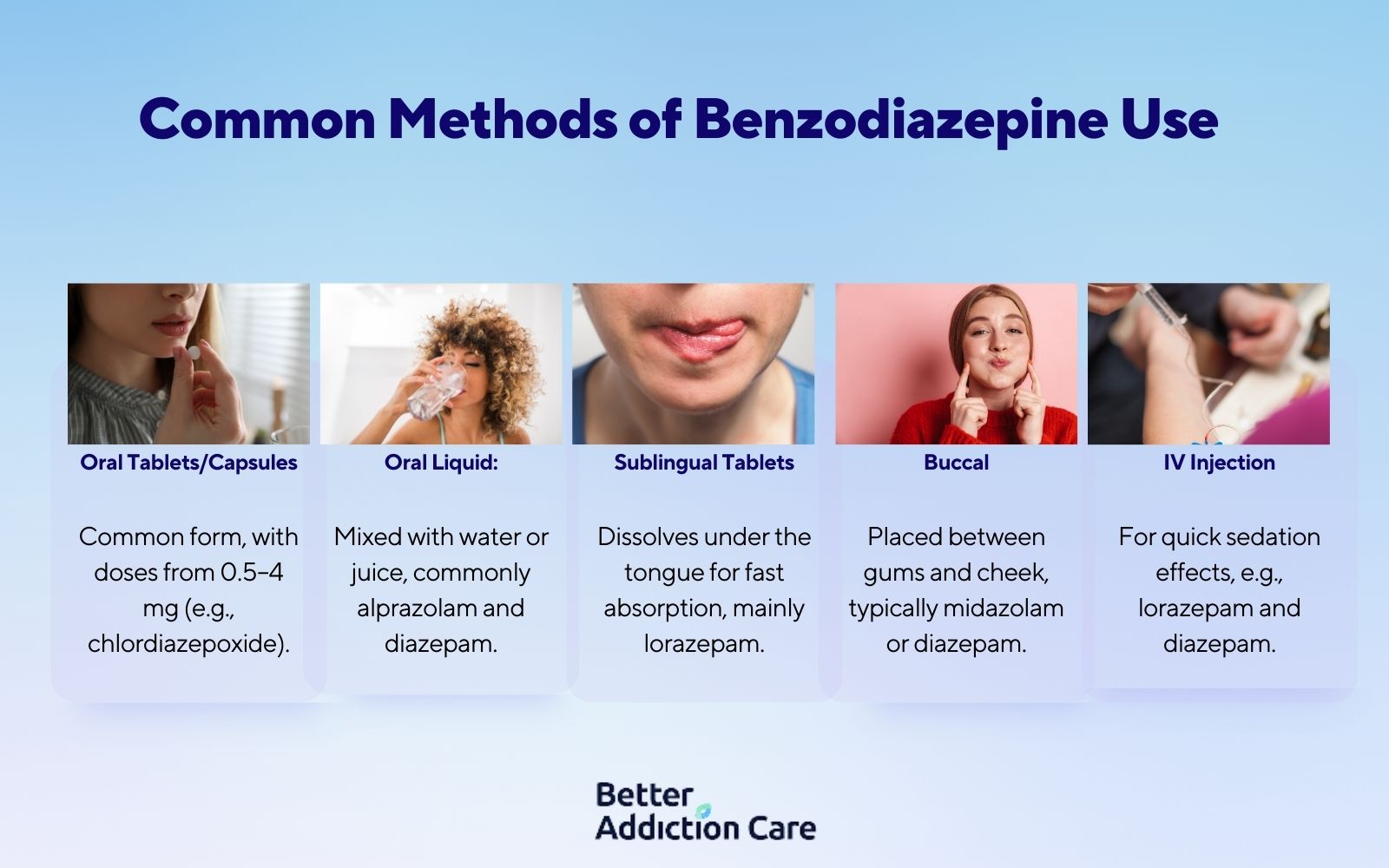
Benzodiazepine addiction refers to the state in which an individual develops enhanced tolerance for the benzodiazepine medication, leading to continued usage despite risks. Benzodiazepine is used to treat anxiety and insomnia-related complications.
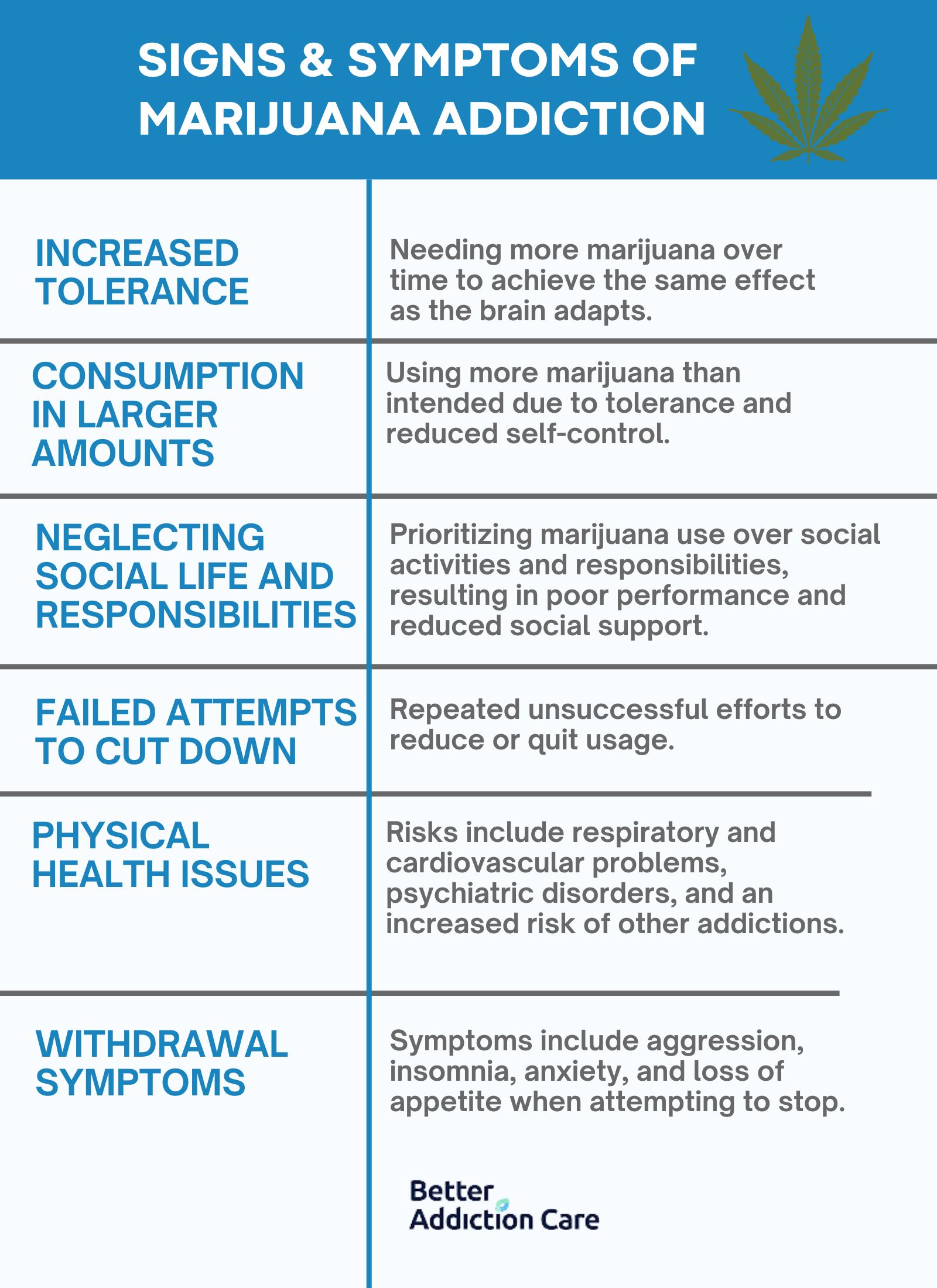
Marijuana addiction, cannabis dependency, or cannabis use disorder (CUD) is a severe disorder that involves the compulsive need to consume marijuana, despite fighting with its harmful effects. Marijuana is a drug derived from a plant that gives a relaxing and happy ‘high.
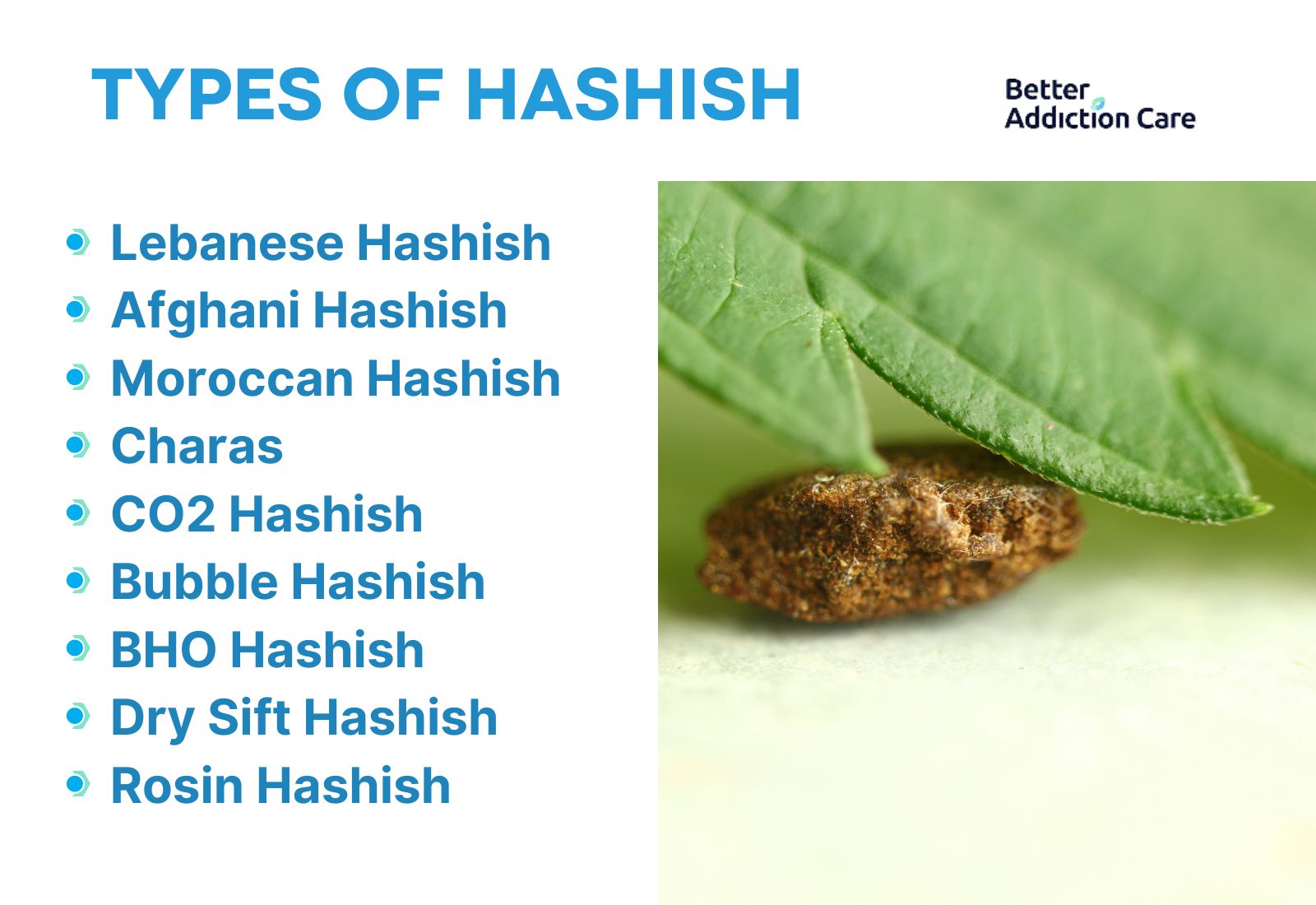
`Hashish addiction, known as hash addiction, is the dependence on the cannabis plant i. The plant is made by compressing trichomes - the resin-rich glands of cannabis flowers. These tiny trichomes have higher tetrahydrocannabinol (THC) content which produces a stronger psychoactive effect than marijuana.
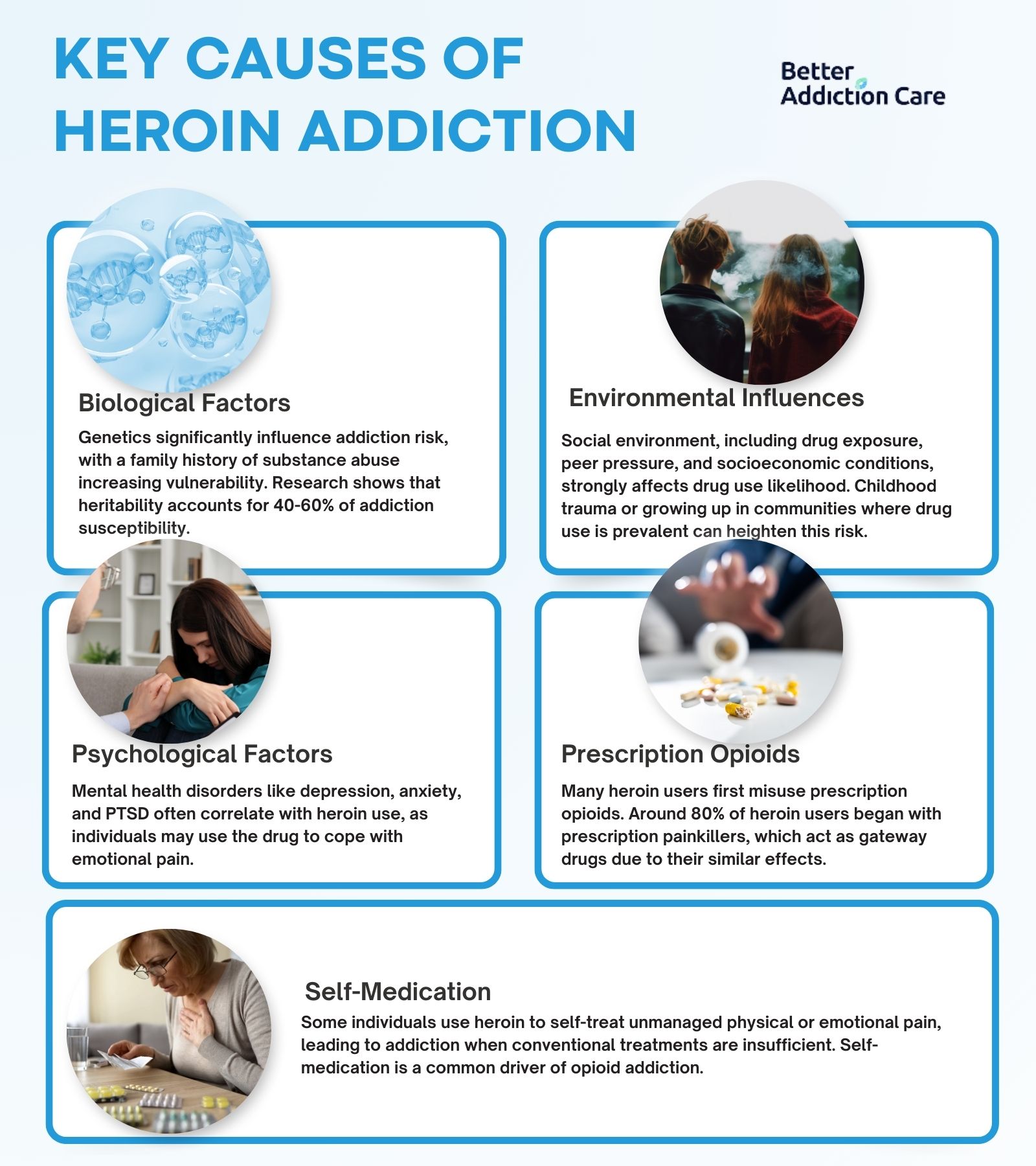
Heroin addiction is a chronic condition where people become dependent on heroin, an opioid that affects the brain's reward system, leading to intense cravings and compulsive drug use.The main causes of heroin addiction include genetic factors, mental health issues like depression or anxiety, and environmental influences such as peer pressure or exposure to drug use.
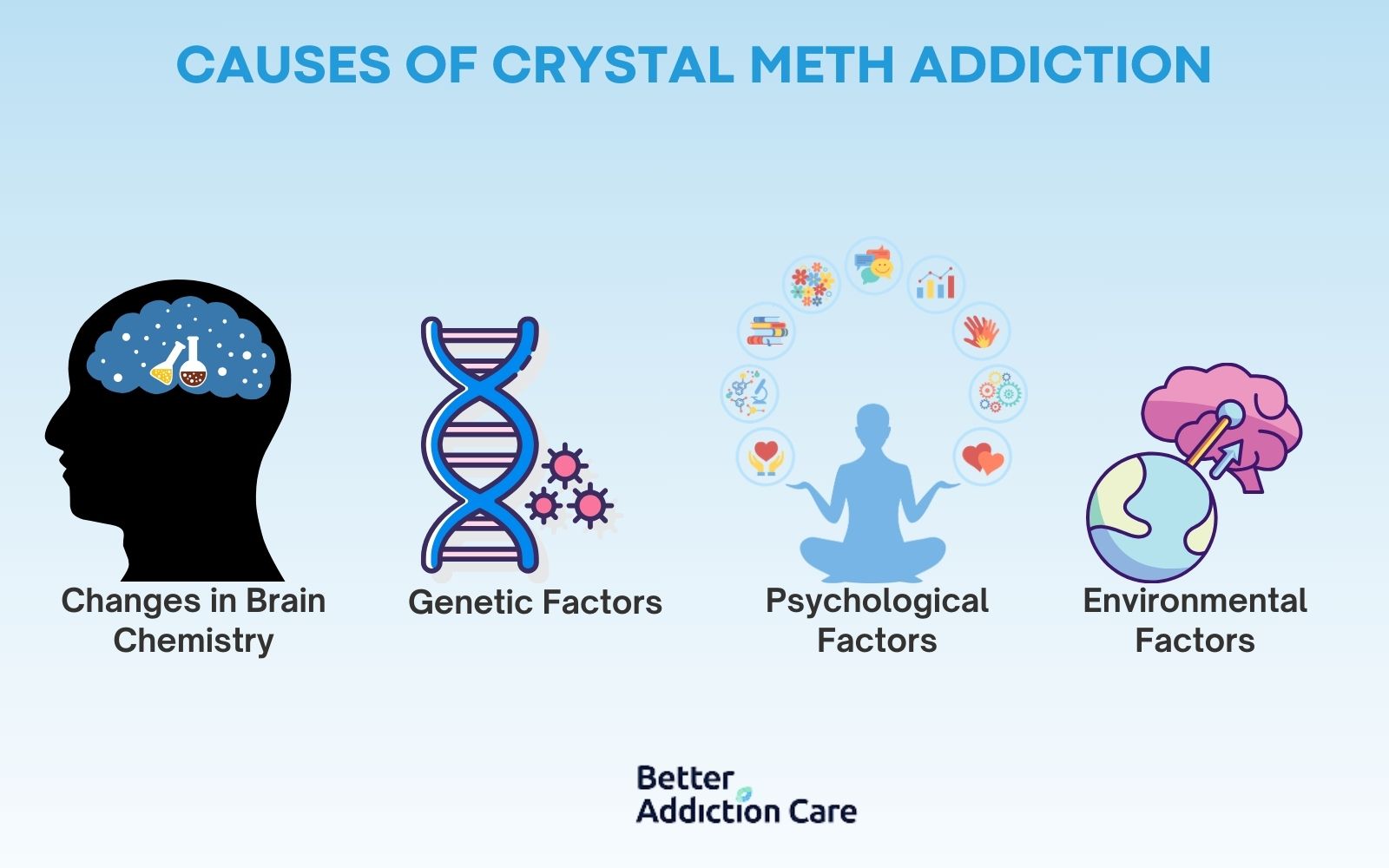
Crystal meth addiction is a severe substance use disorder that involves the abuse of methamphetamine, a powerful stimulant that affects the central nervous system. Crystal meth addiction starts with casual and fun use but quickly escalates due to the drug’s highly addictive nature.
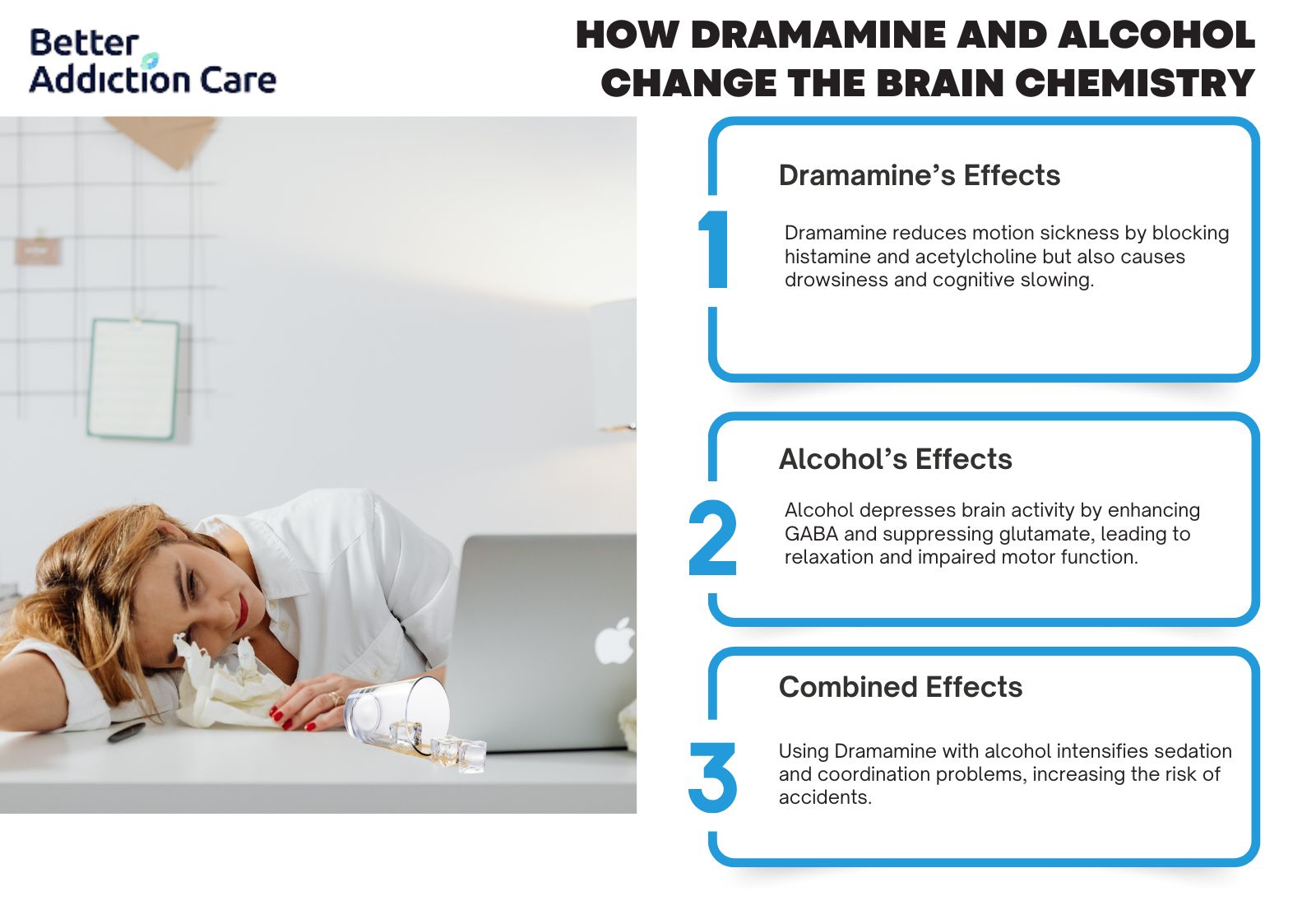
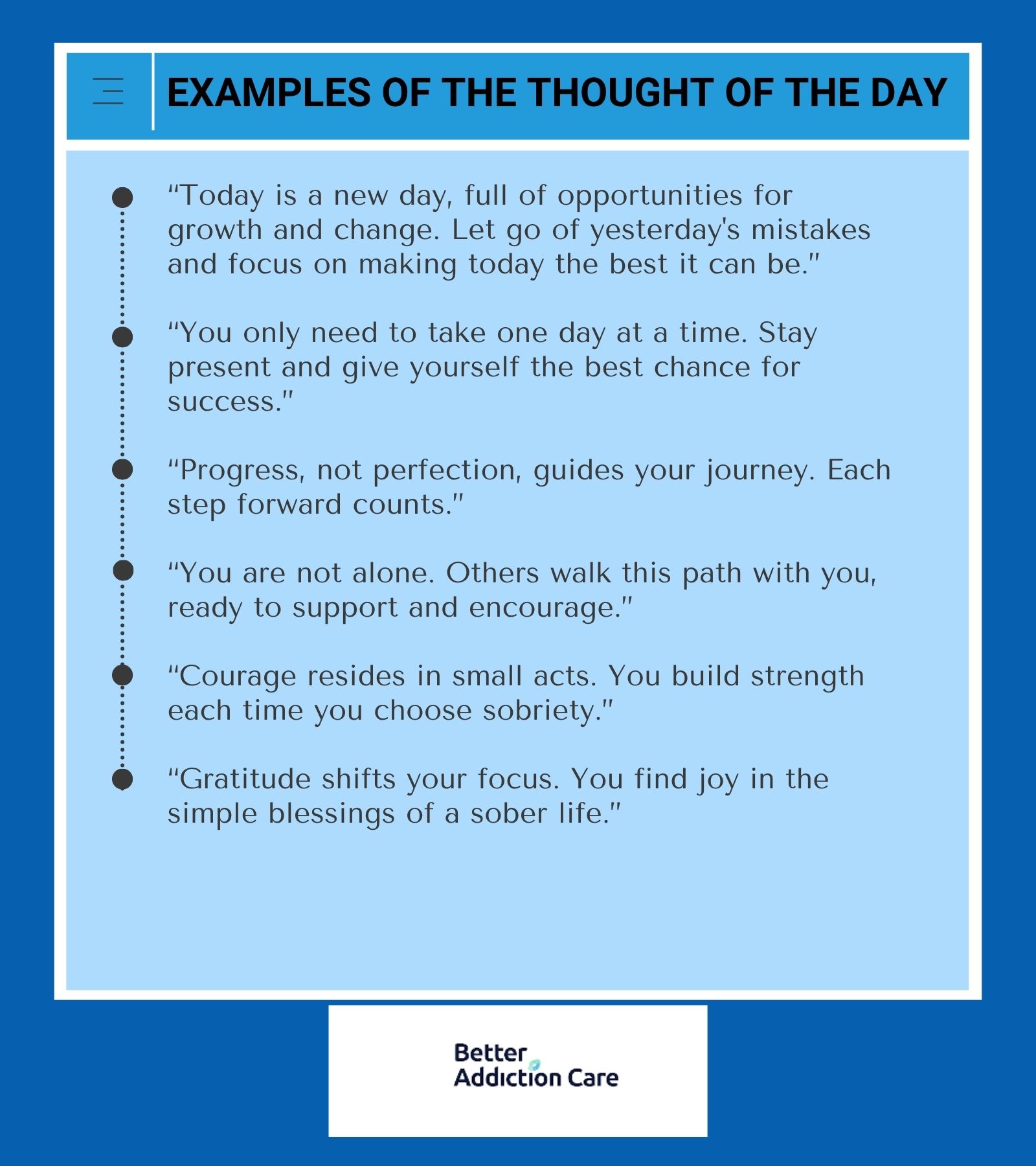
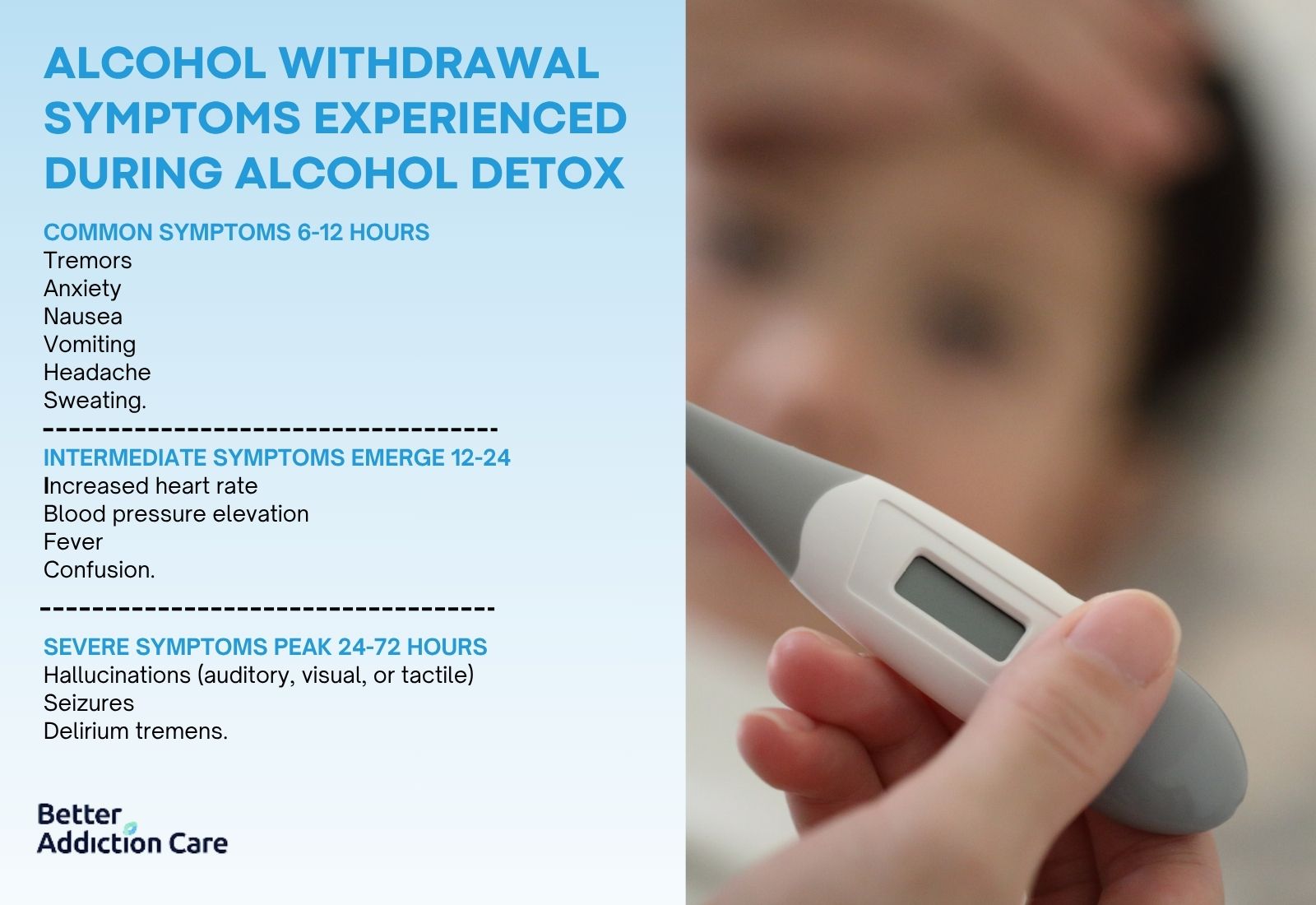

In the last few years, non-religious rehab programs have appeared as a good option for those individuals who are engaged in recovering from their addiction but who, at the same time, do not want to include any religious or spiritual components in the way to sobriety.

Outpatient detoxification, frequently called outpatient detox, is a medical technique specifically designed to help people who would like to abide by a good withdrawal process from drugs or alcohol in their homes with continuous daily life activities.
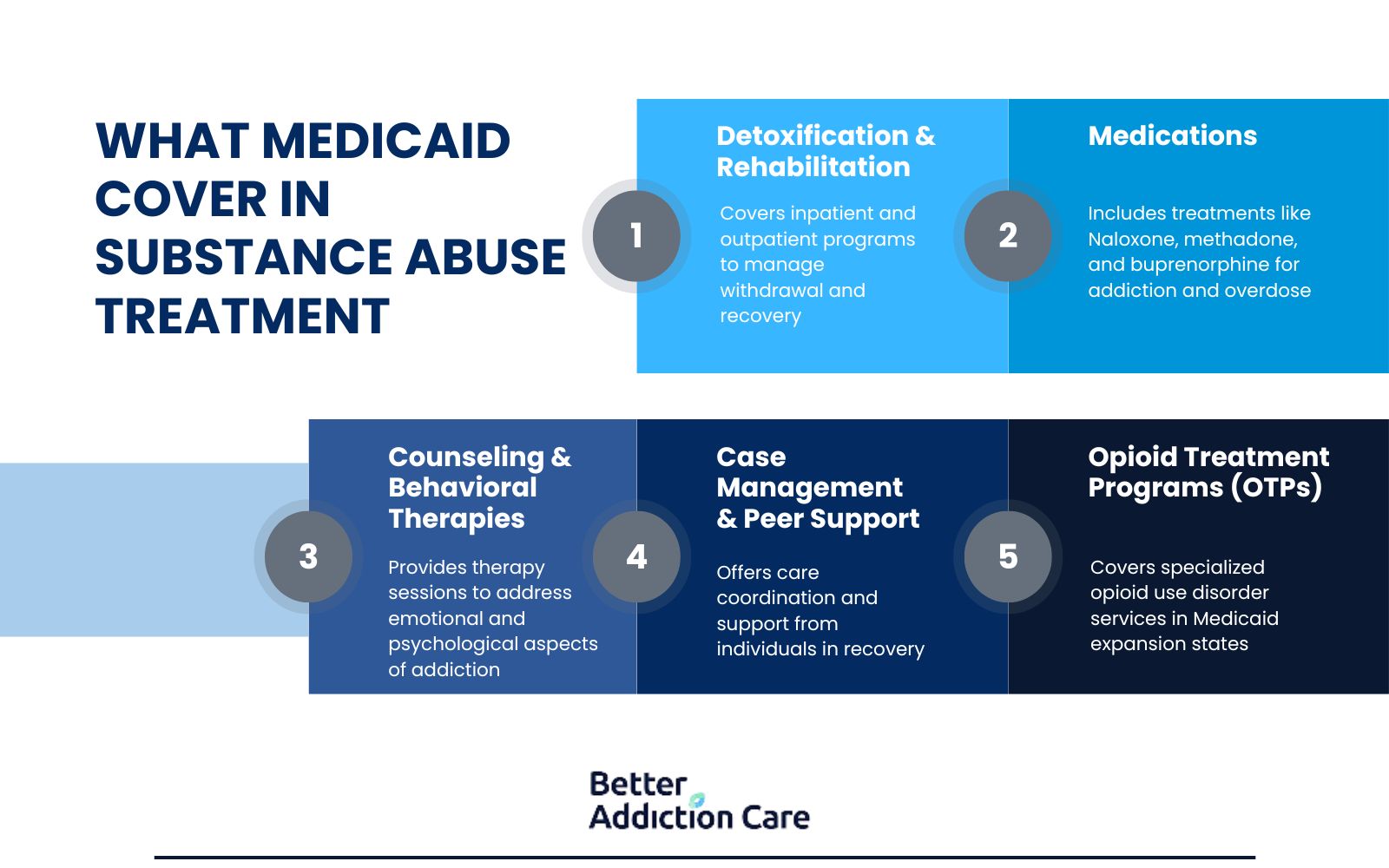
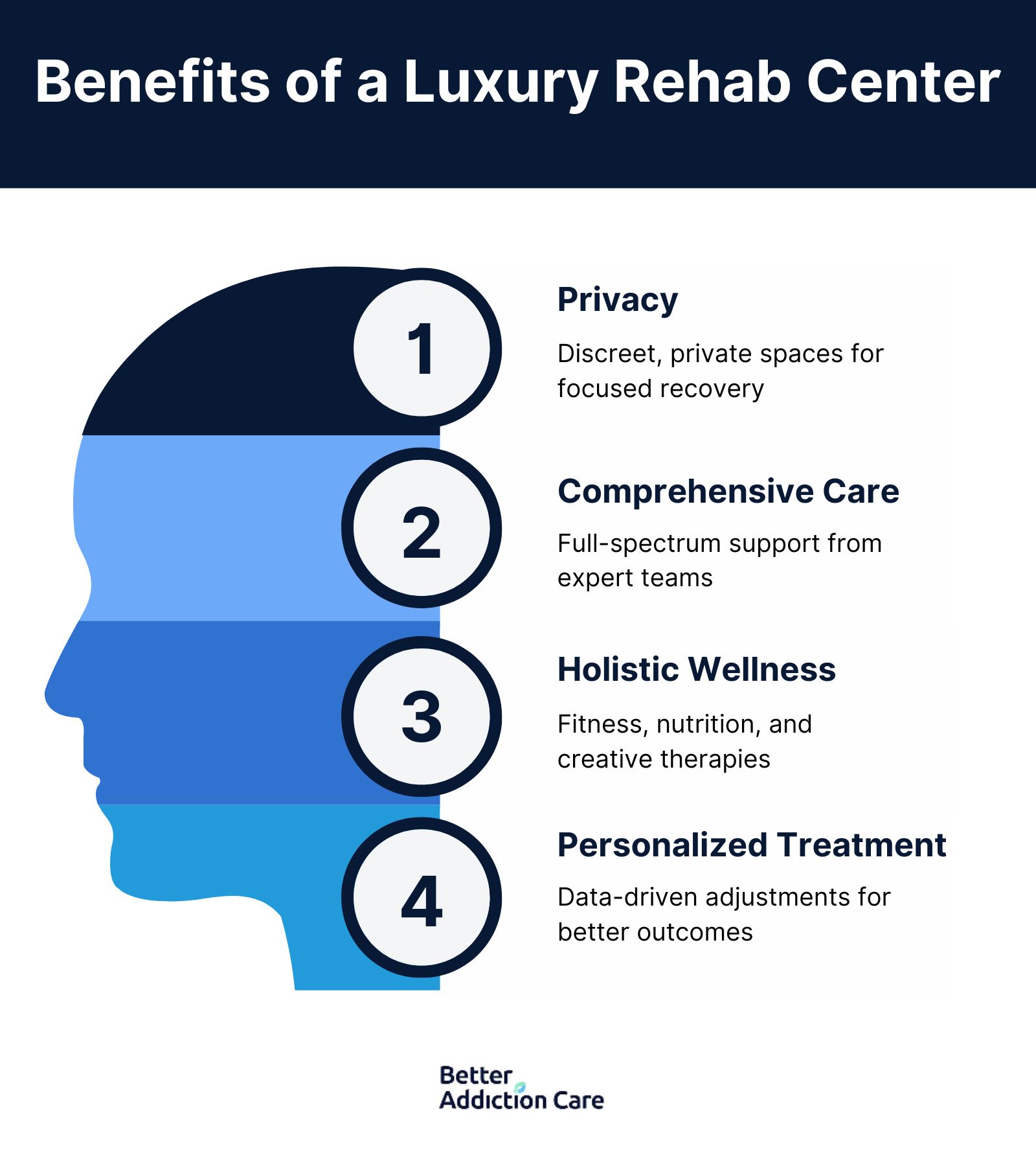

Inpatient facilities for substance abuse take an important place on the addiction recovery path, as they provide a perfect opportunity for people to start their sobriety in a controlled and supportive environment that is always controlled by professional medical personnel.

Inpatient detoxification, also known by the general term "inpatient detox," can be seen as a crucial phase in the long-term road to treatment for patients battling with addictive behaviors or substance abuse.
